Boom Gorge. Kok-Moynok. Destruction of over 60 hectares of floodplain forest.
Coordinates: 42.468592, 75.894652
A large fire has occurred again in the Boom Gorge near the village of Kok-Moynok; the ignition took place at the 157th kilometer of the Bishkek — Naryn — Torugart highway in the Ton district of the Issyk-Kul region. The Ministry of Emergency Situations reported that as a result, two sheds and a wall of a house burned down, along with dry grass, bushes, and trees over an area of about 50 hectares. On March 25, a fire broke out again in the same area.
Currently, we only know three versions regarding the causes of the incident. The first hypothesis is a dispute between two villages — Kok-Moynok — 1 and Kok-Moynok — 2 due to a conflict over sea buckthorn gathering locations. The second hypothesis is intentional arson to clear land for pastures. The third is very similar to the second, with the only difference being that the arson was committed for the future construction of a café in the floodplain forest area. Local residents report arson, but there is no evidence of an investigation being conducted by the authorities.
It should be noted that in the Kok-Moynok forestry of the Balakchy forestry enterprise, two fires occurred in April and May 2023, resulting in damage to 60 hectares of land, with losses amounting to 10 million 648 thousand 260 soms.
For reference: In mountainous areas, floodplain forests are located along the banks and floodplains of large rivers: Naryn, Chu, Tüp, Talas, Suusamyr, Djergalan, Jazy, and many smaller rivers. The composition of floodplain forests depends on the adaptability to environmental conditions and the competitive relationships of tree and shrub species. The main functions of floodplain forests are bank stabilization. In the mountains, along the banks, floodplains, and deltas of rivers, tree and shrub vegetation grows in the form of intermittent narrow forest strips, often forming tugai forests consisting of black poplar (Populus nigra), tamarisk (Populus diversifolia), white willow (Salix alba), birch (Betula), sea buckthorn (Hippophae rhamnoides), and others.
Growing on the slopes of mountains and river floodplains, they influence the formation of air masses in the lower layers of the atmosphere, humidity, air and soil temperature, wind patterns, precipitation accumulation, and their distribution across the territory, creating what is known as a mesoclimate. Forests help prevent mudflows, hinder landslides and snow avalanches in the mountains, and regulate water flow in rivers, making it more uniform throughout the year.
A large fire has occurred again in the Boom Gorge near the village of Kok-Moynok; the ignition took place at the 157th kilometer of the Bishkek — Naryn — Torugart highway in the Ton district of the Issyk-Kul region. The Ministry of Emergency Situations reported that as a result, two sheds and a wall of a house burned down, along with dry grass, bushes, and trees over an area of about 50 hectares. On March 25, a fire broke out again in the same area.
Currently, we only know three versions regarding the causes of the incident. The first hypothesis is a dispute between two villages — Kok-Moynok — 1 and Kok-Moynok — 2 due to a conflict over sea buckthorn gathering locations. The second hypothesis is intentional arson to clear land for pastures. The third is very similar to the second, with the only difference being that the arson was committed for the future construction of a café in the floodplain forest area. Local residents report arson, but there is no evidence of an investigation being conducted by the authorities.
It should be noted that in the Kok-Moynok forestry of the Balakchy forestry enterprise, two fires occurred in April and May 2023, resulting in damage to 60 hectares of land, with losses amounting to 10 million 648 thousand 260 soms.
For reference: In mountainous areas, floodplain forests are located along the banks and floodplains of large rivers: Naryn, Chu, Tüp, Talas, Suusamyr, Djergalan, Jazy, and many smaller rivers. The composition of floodplain forests depends on the adaptability to environmental conditions and the competitive relationships of tree and shrub species. The main functions of floodplain forests are bank stabilization. In the mountains, along the banks, floodplains, and deltas of rivers, tree and shrub vegetation grows in the form of intermittent narrow forest strips, often forming tugai forests consisting of black poplar (Populus nigra), tamarisk (Populus diversifolia), white willow (Salix alba), birch (Betula), sea buckthorn (Hippophae rhamnoides), and others.
Growing on the slopes of mountains and river floodplains, they influence the formation of air masses in the lower layers of the atmosphere, humidity, air and soil temperature, wind patterns, precipitation accumulation, and their distribution across the territory, creating what is known as a mesoclimate. Forests help prevent mudflows, hinder landslides and snow avalanches in the mountains, and regulate water flow in rivers, making it more uniform throughout the year.


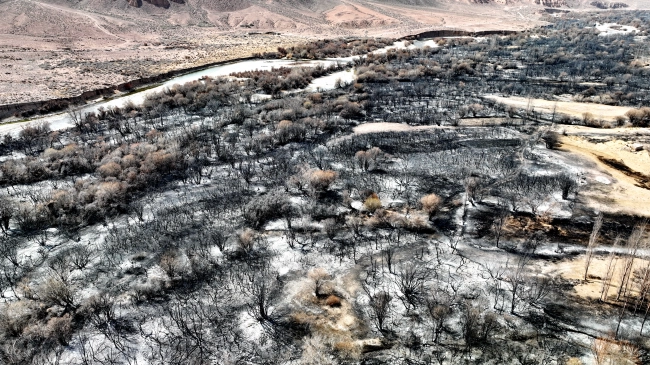

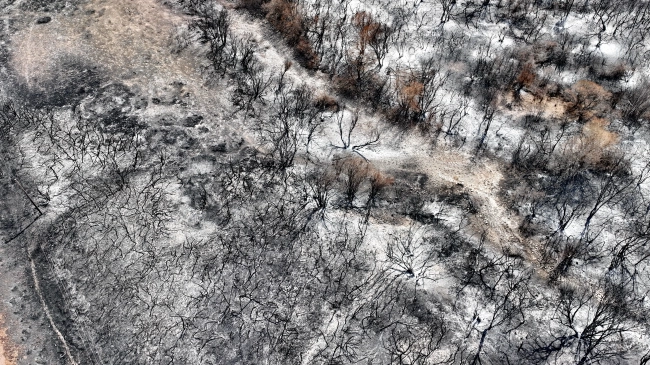
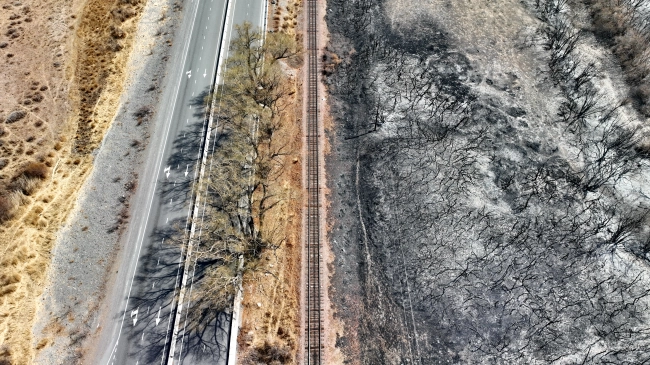
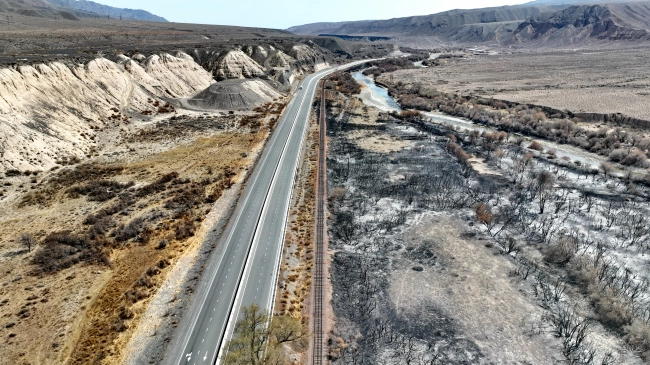

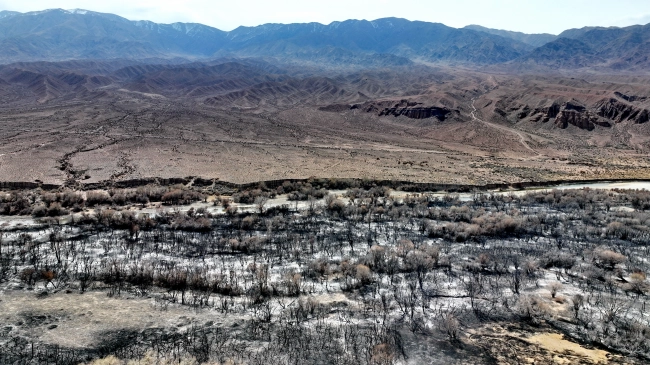

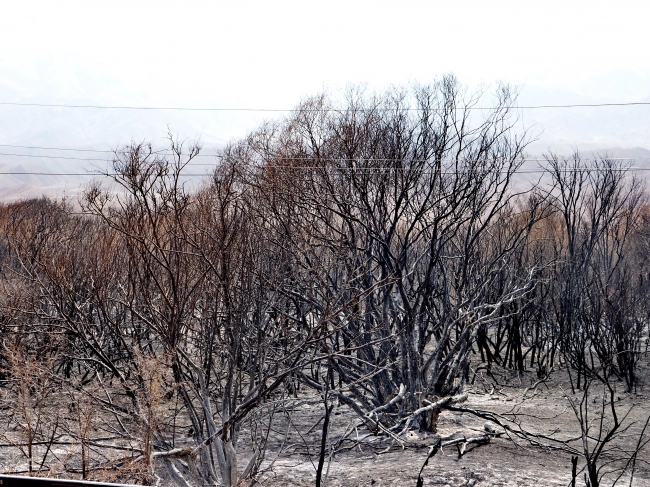
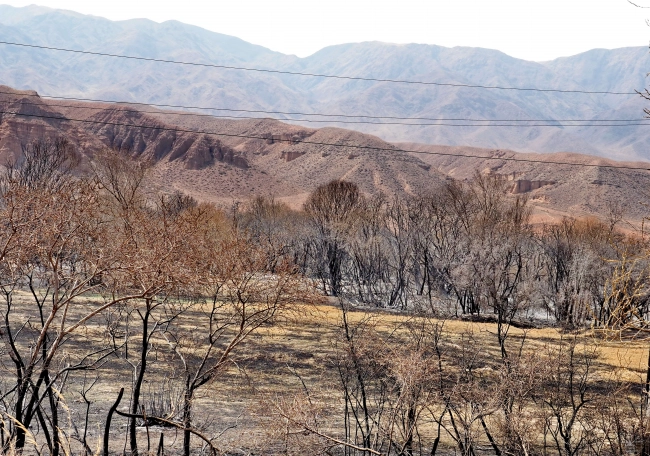

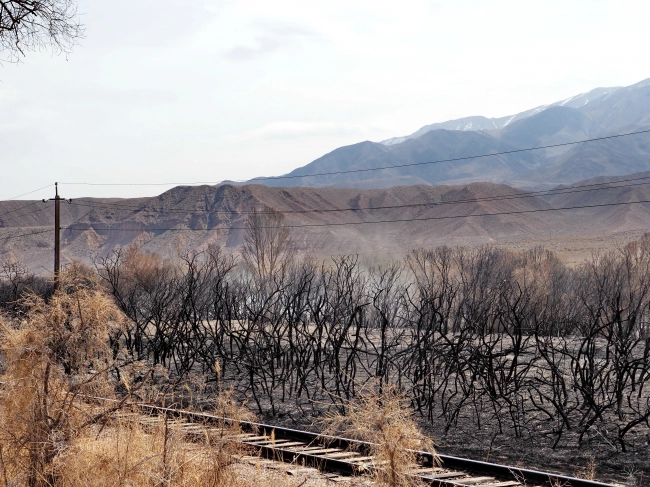
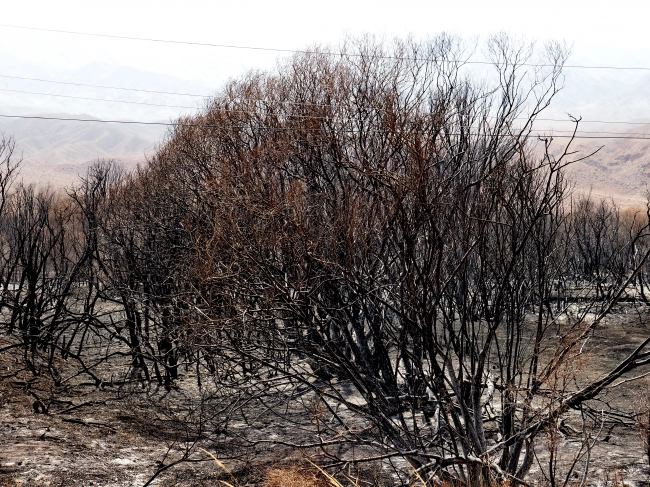
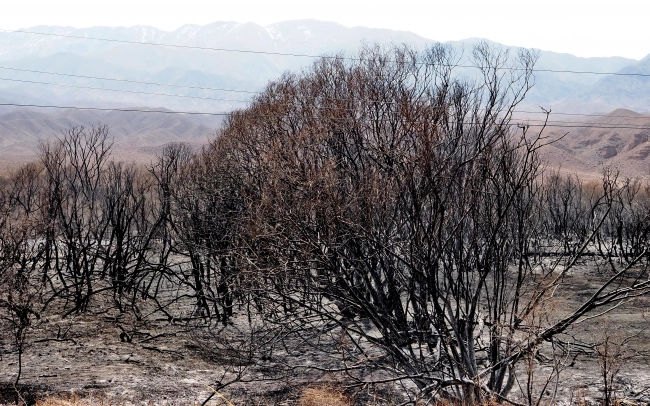
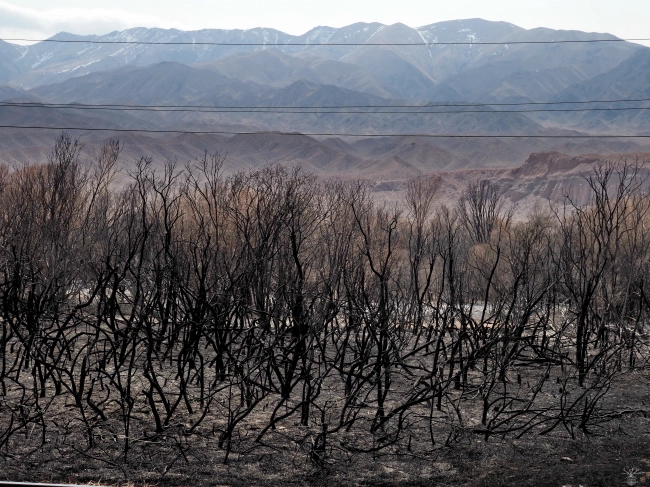
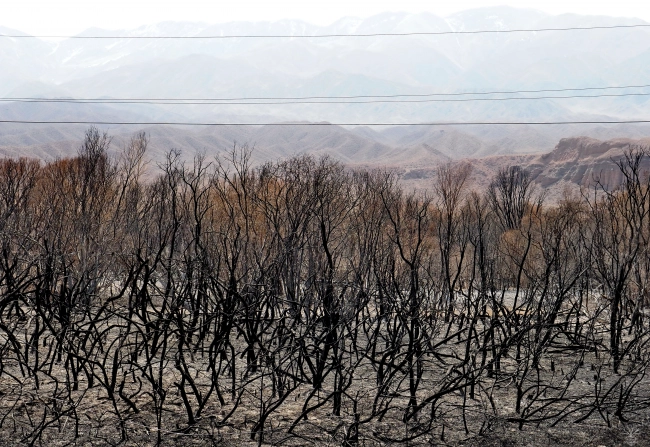
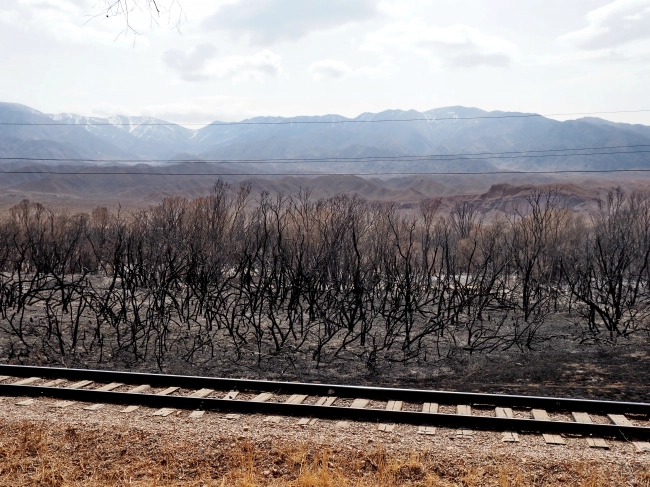


















Attention: Information based on submitted complaints